Happy New Year, pirates! (2 weeks late.) What a busy couple of weeks it’s been! On my Facebook page, I posed the question “Who has used or uses a 3-1 model for service delivery?” Many of you weighed in and had overwhelmingly positive things to say. I have the option of using it at my school; my principal said I could start it this year as long as the teachers are on board with the change. So far, I’ve gotten many “go-aheads” so I will probably be implementing it starting 3rd quarter. (I LOVE my colleagues and the freedom and trust my principal gives us!) I’m VERY excited about it! Have you used the 3-1 model? How do you like it? I’d love to hear more opinions or any tips that you can offer!
TeachersPayTeachers and Facebook have been overflowing with speech/language book companion packs. I love this idea and have seen the great responses they get so I chose to make one for the book “The Kissing Hand” by Audrey Penn. I was able to grab a free download of the app version of this book; it’s adorable! It’s a book that is used, I’m assuming, mainly at the beginning of the year. I guess I got a large jump on it, though!
If you are not familiar, the book is about a little raccoon, Chester, who is scared to start school. He doesn’t want to leave his mom, friends, toys, etc. In order to make him more comfortable, his mom gives him a “kissing hand”. She kisses his hand and tells him that whenever he needs, he can press it to his cheek and feel her love. Chester loves the idea so much that after feeling the power of his kissing hand, he gives one to his mom for times when she misses him while he’s at school. The book makes the point that Chester attends school at night. I loved this as an opportunity to infer why the little raccoon is going to school at night, rather than during the day. The theme of the book is probably slightly juvenile, so I liked this inference to make it appropriate for slightly older grades.
My companion pack has activities targeting Pre-K through 2nd grades. Here’s a peak:
Story props to cut out and use for retelling and sequencing:
Visual aids for sequencing at two different levels: one has just numbers while the other has sentence starters.
Comprehension questions with two different levels of prompting: one with visuals and one without:
Story elements: use these mats with question prompt to discuss story elements. You can also use the props here, to scaffold the task.
As you can see, all of the above tasks are appropriate for either the younger students (Pre-K, Kinder) and the older ones (grades 1-2). I also included some tasks specifically for Pre-K and Kindergarten:
Categories – sorting and expressive:
Phonemic awareness tasks – initial sound identification and rhyming:
Same and different – these can be cut apart (student points) or use as worksheets by printing, laminating, and giving students a dry erase marker:

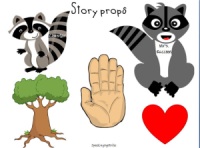




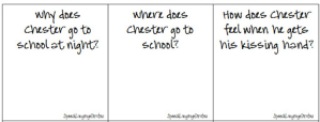
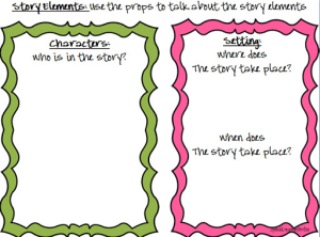

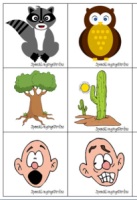
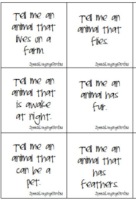

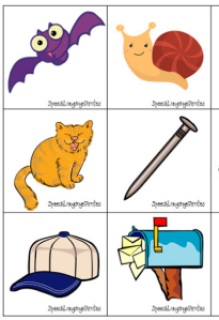
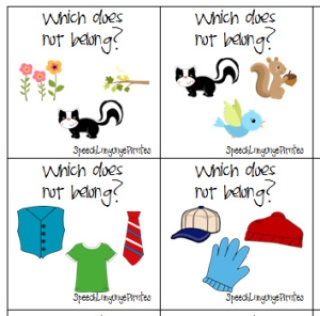
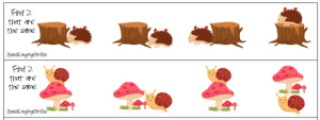






Denise, this looks very comprehensive. I have never read this book, but am going to try it out! Thanks